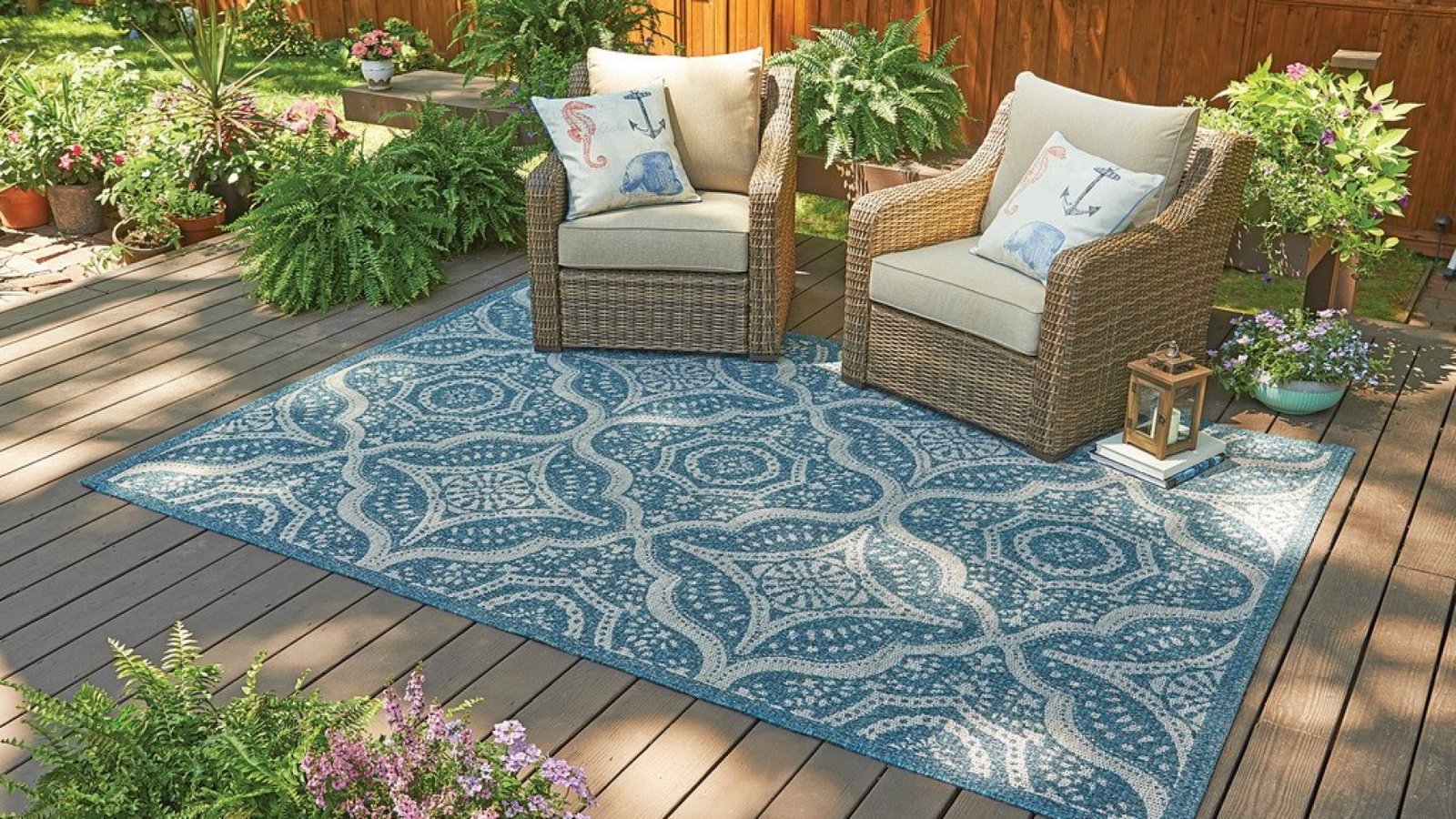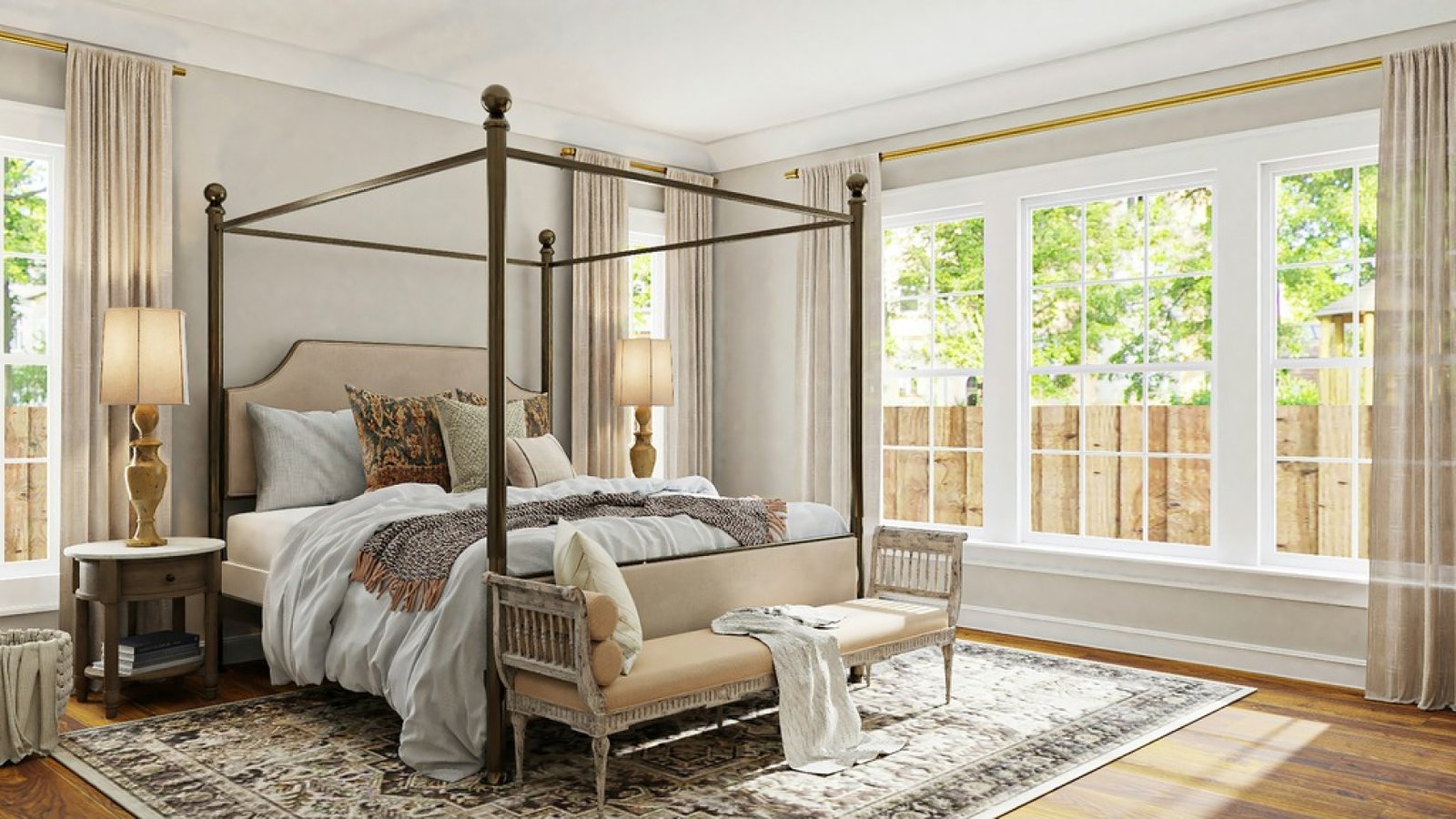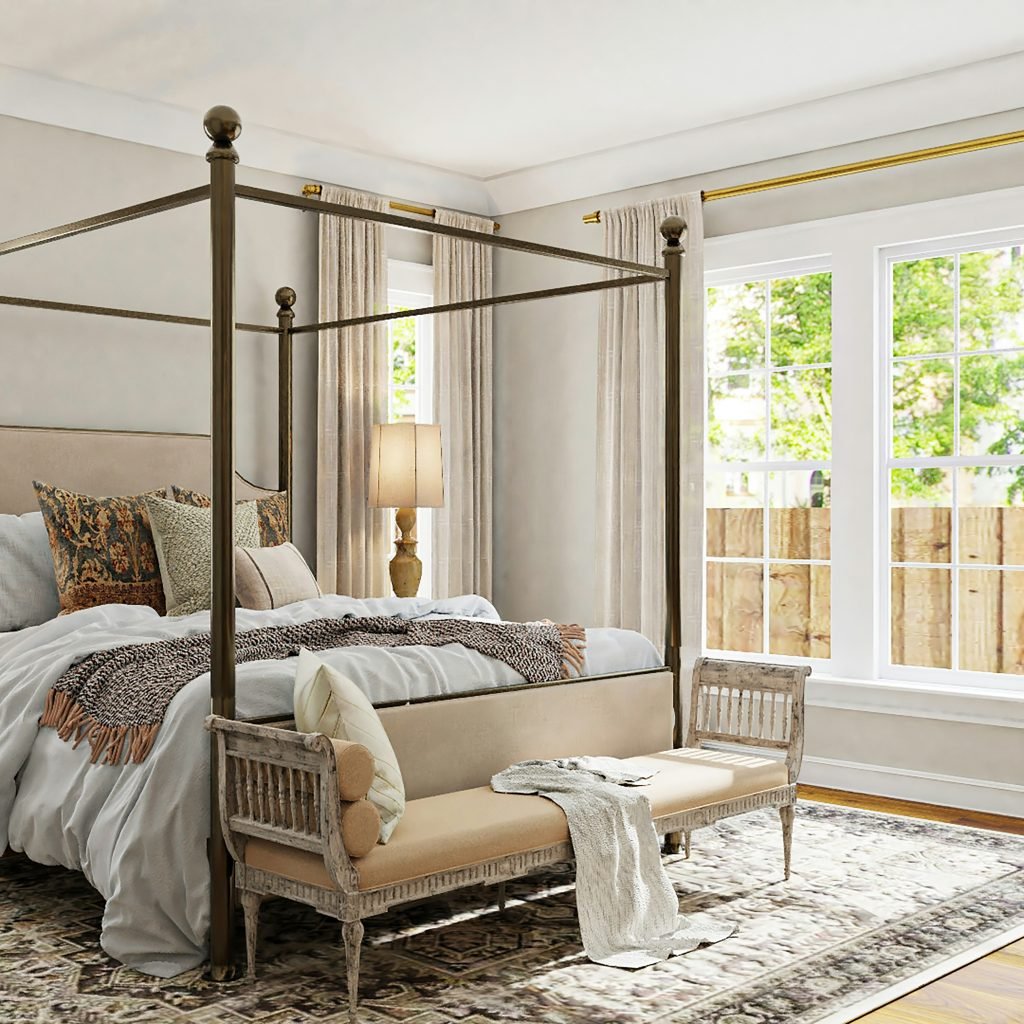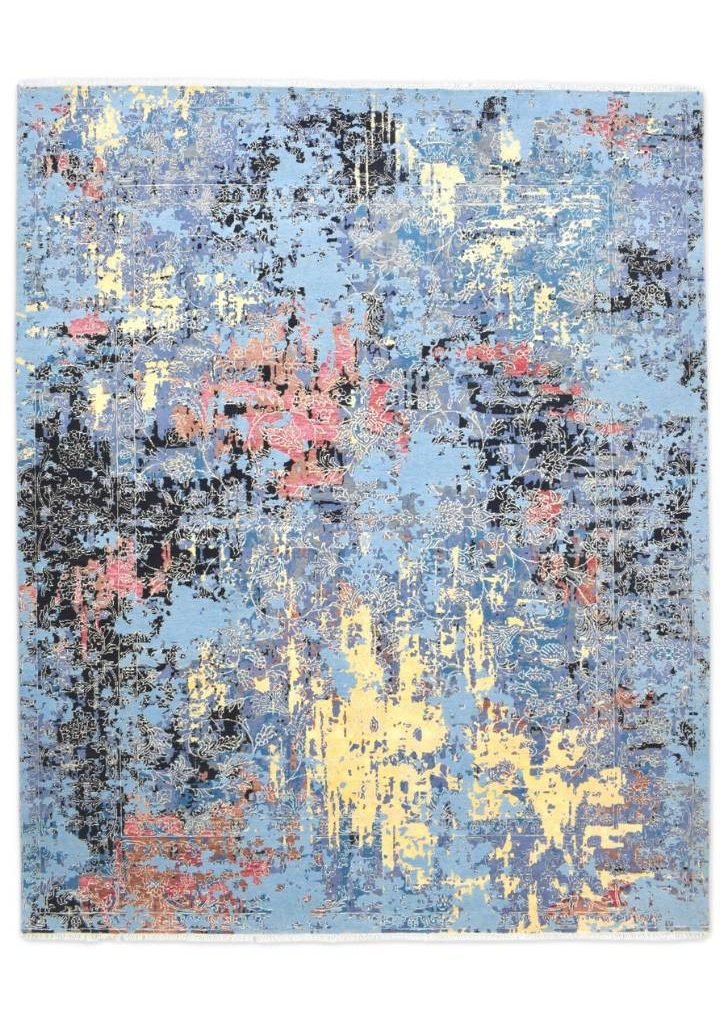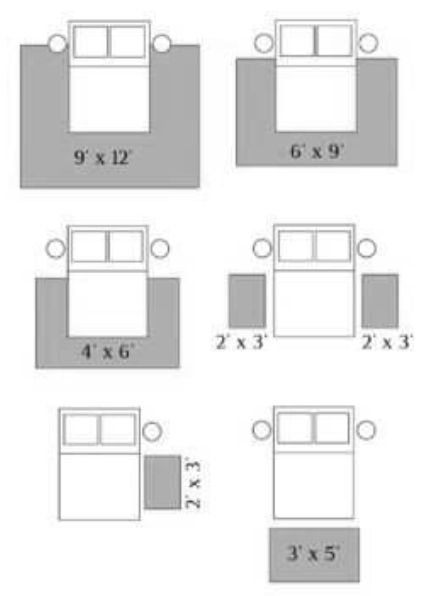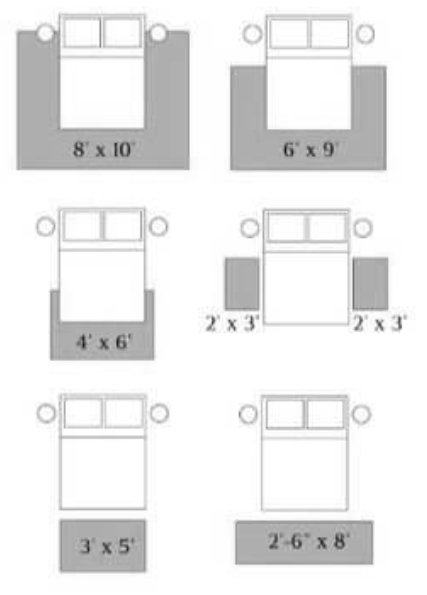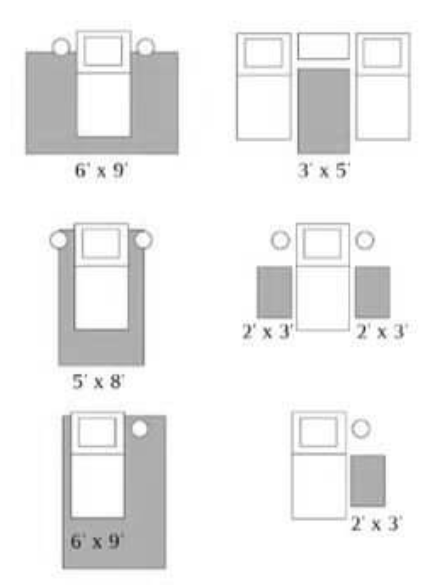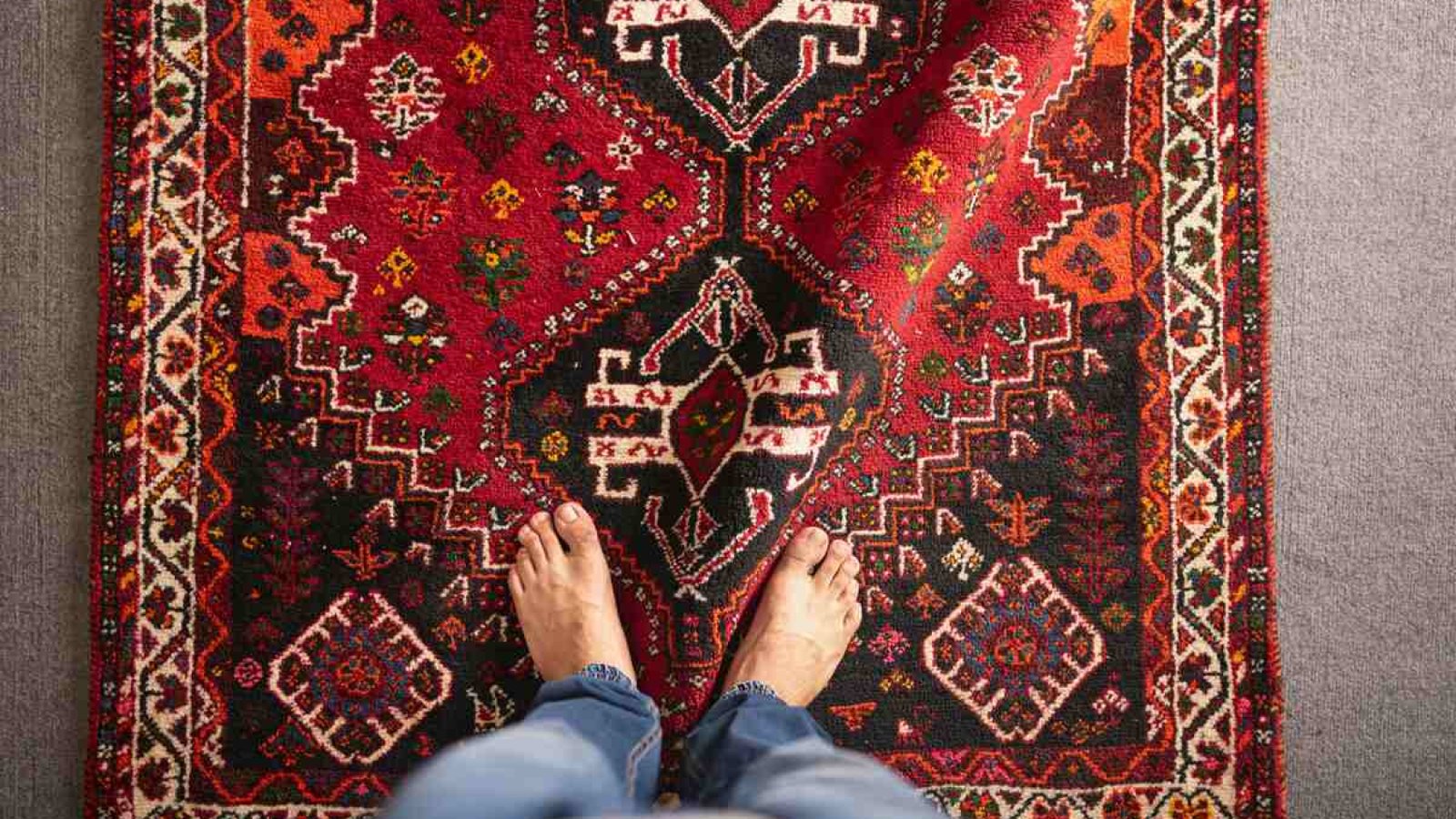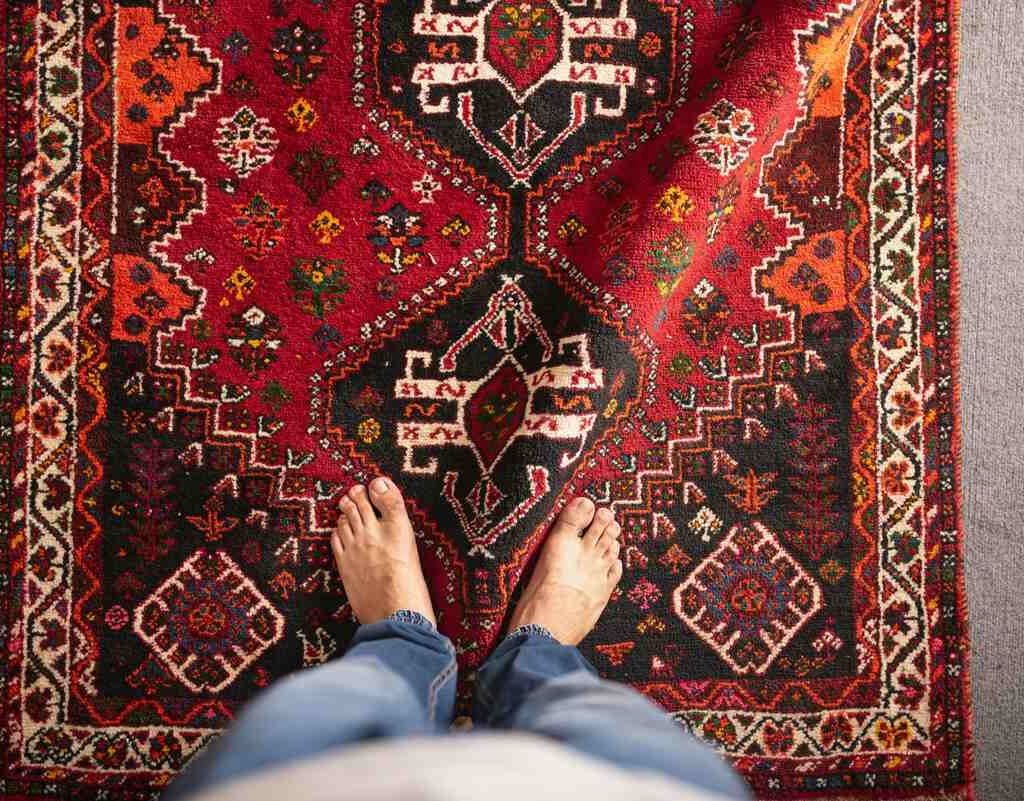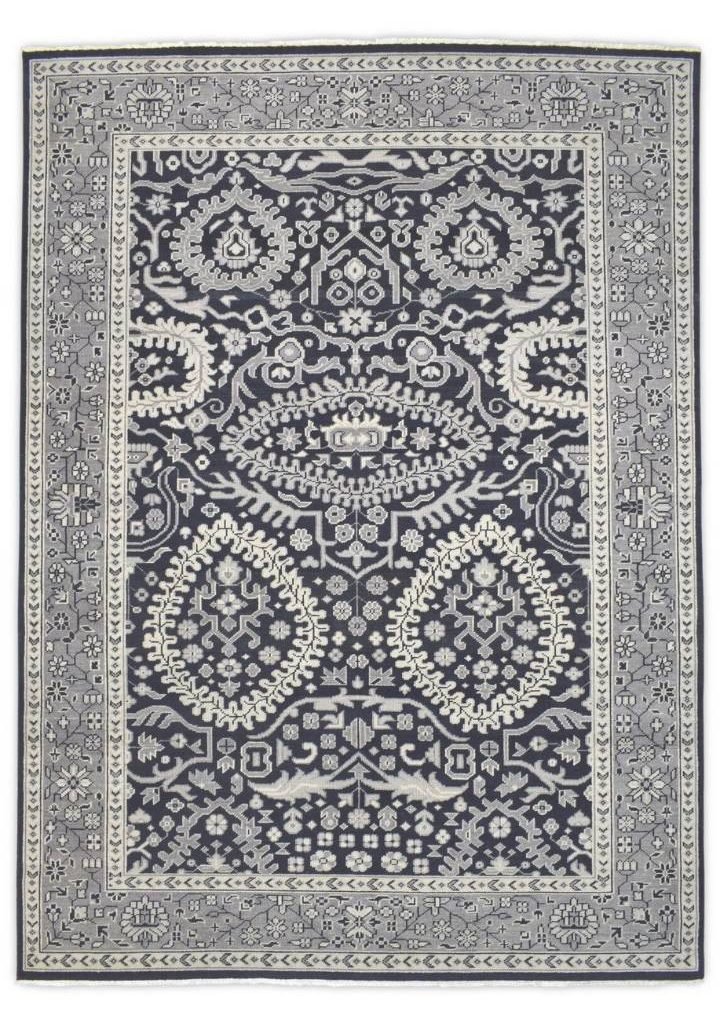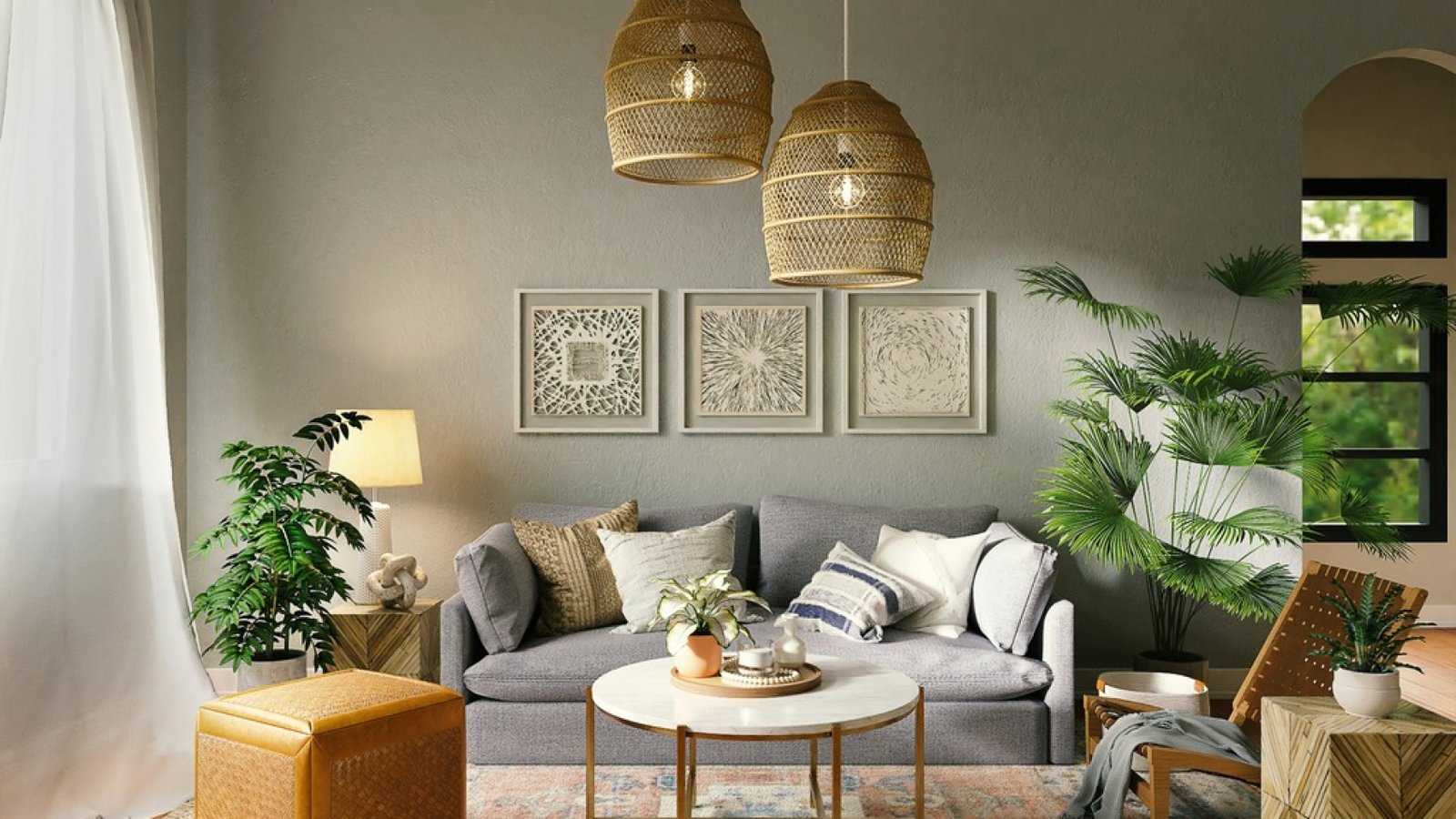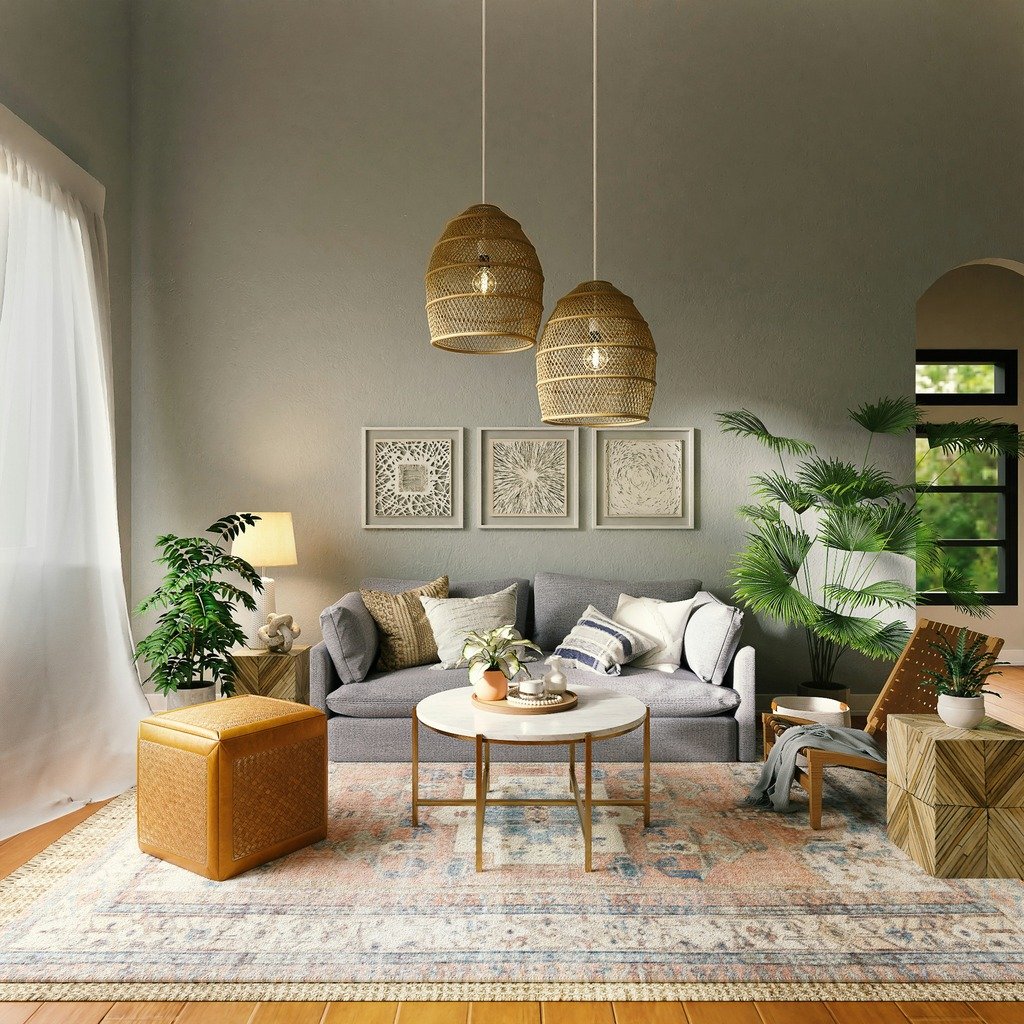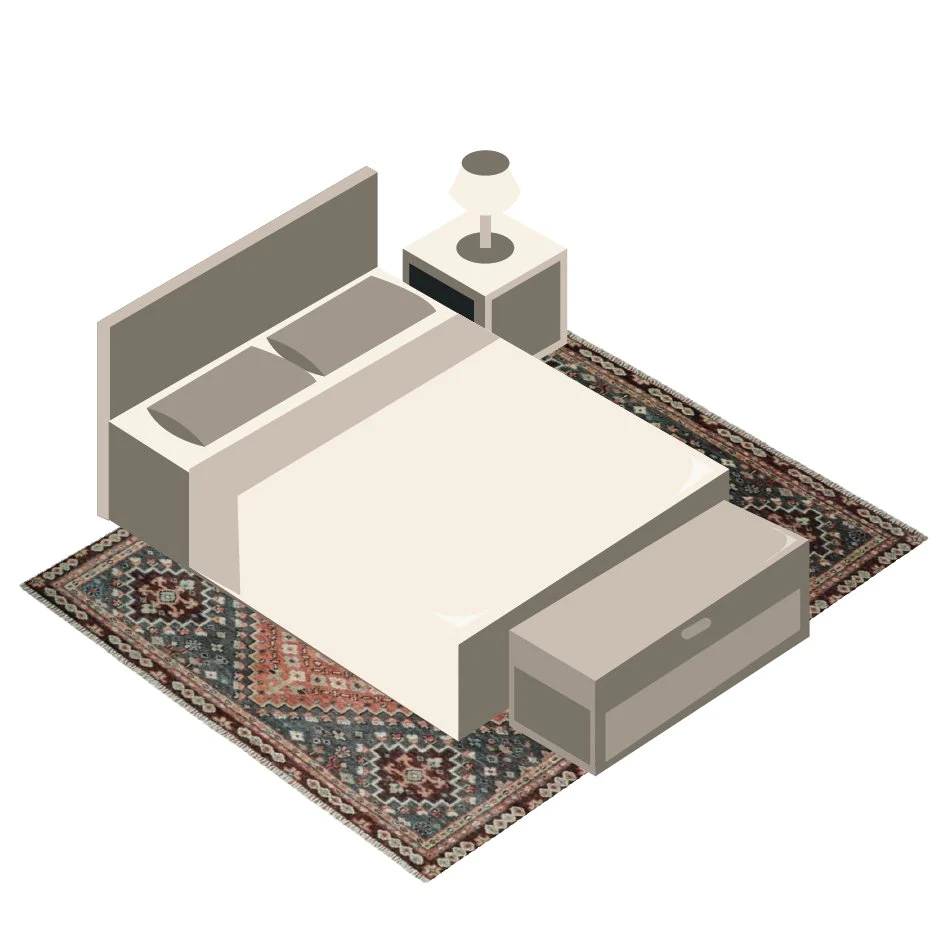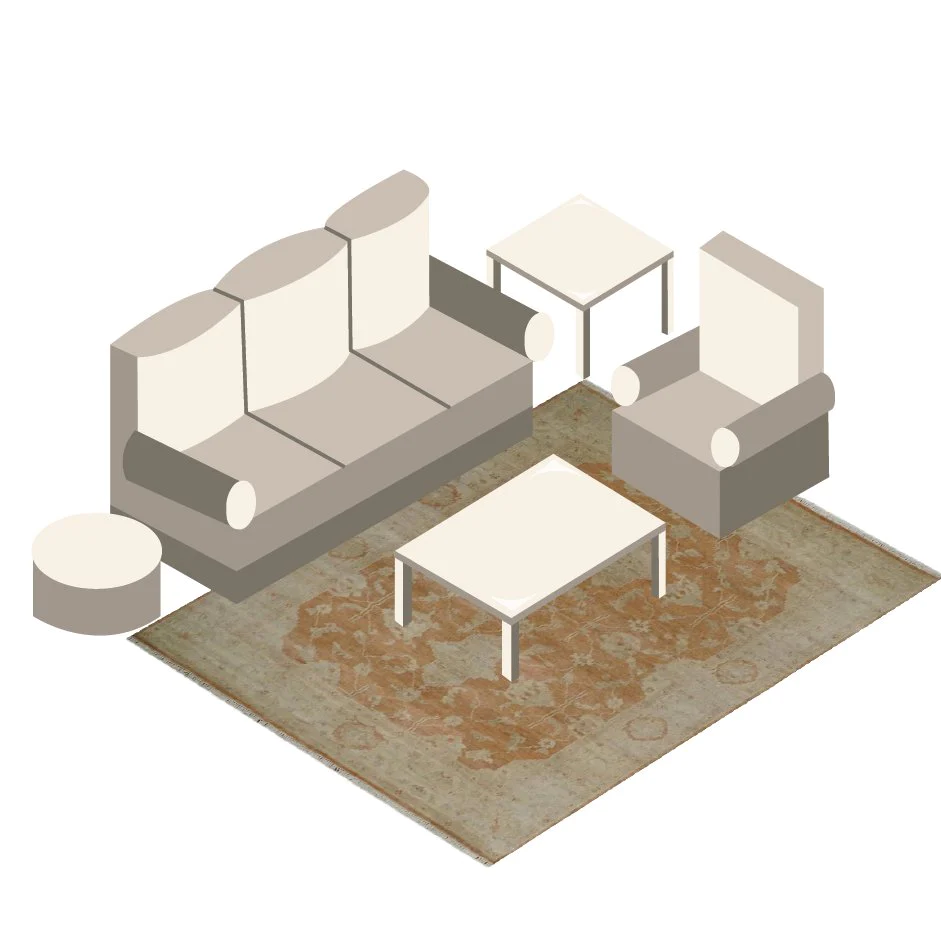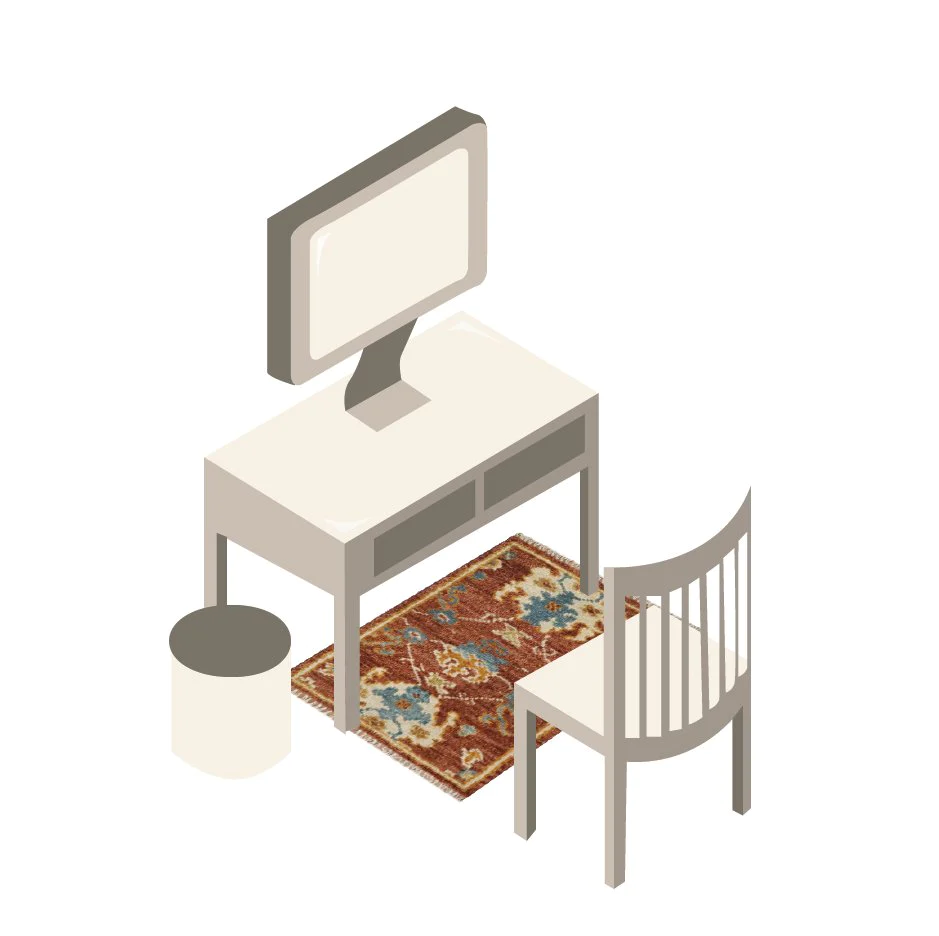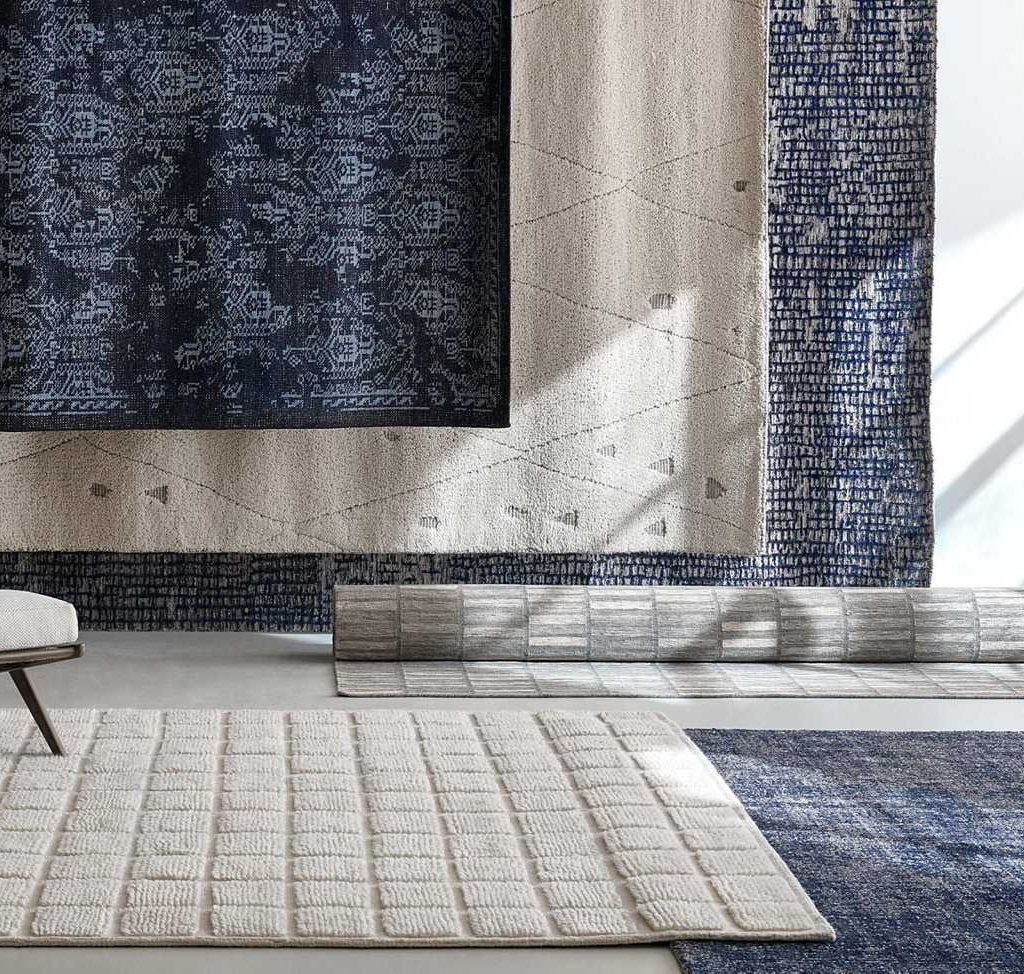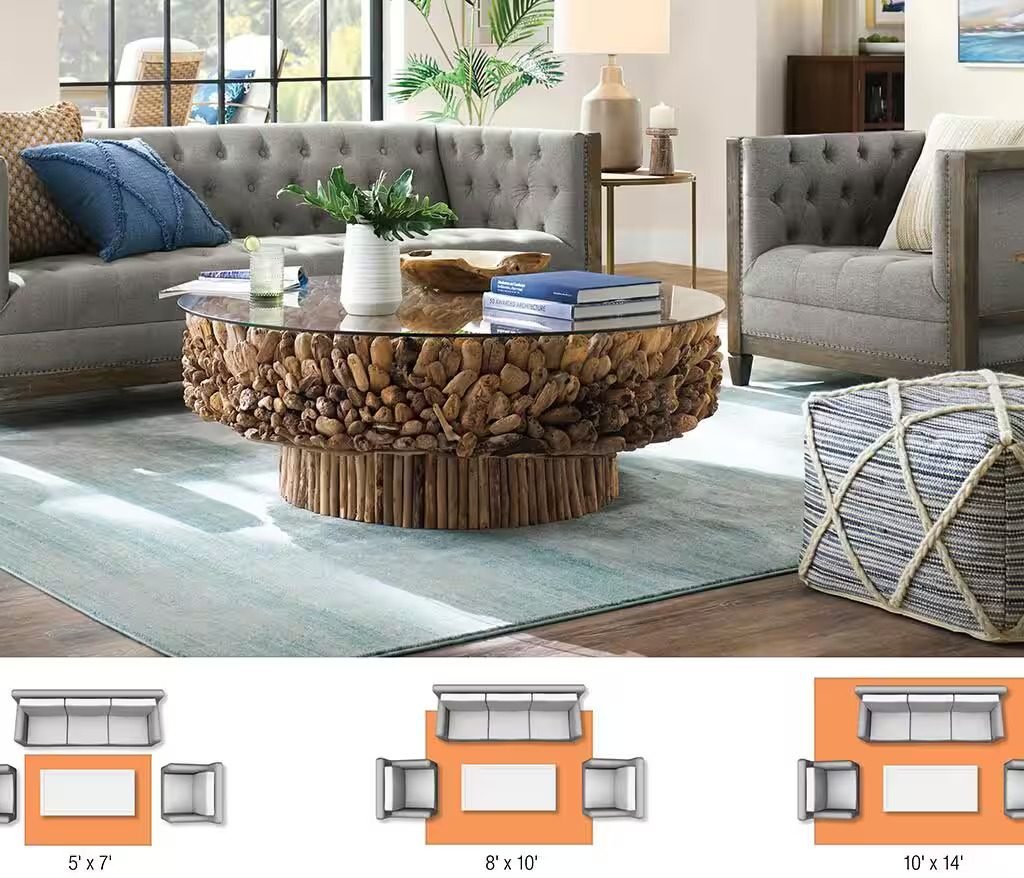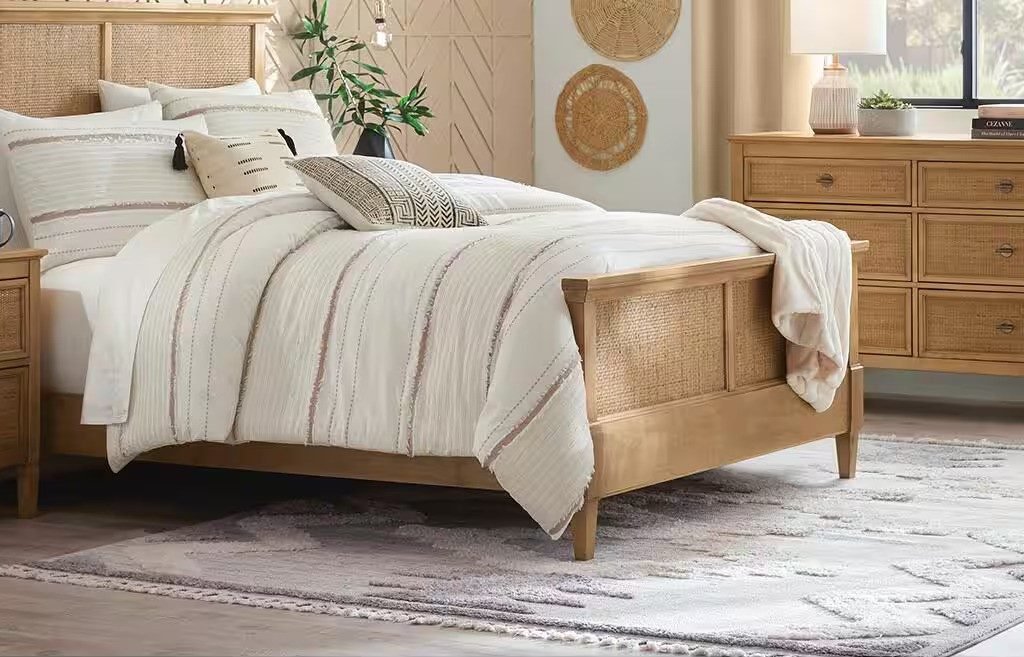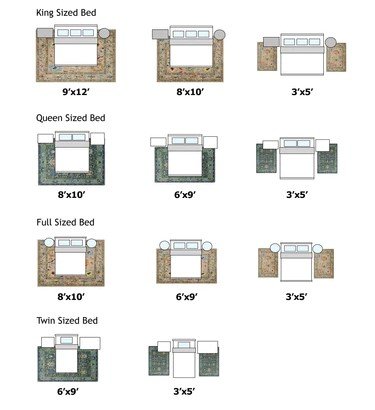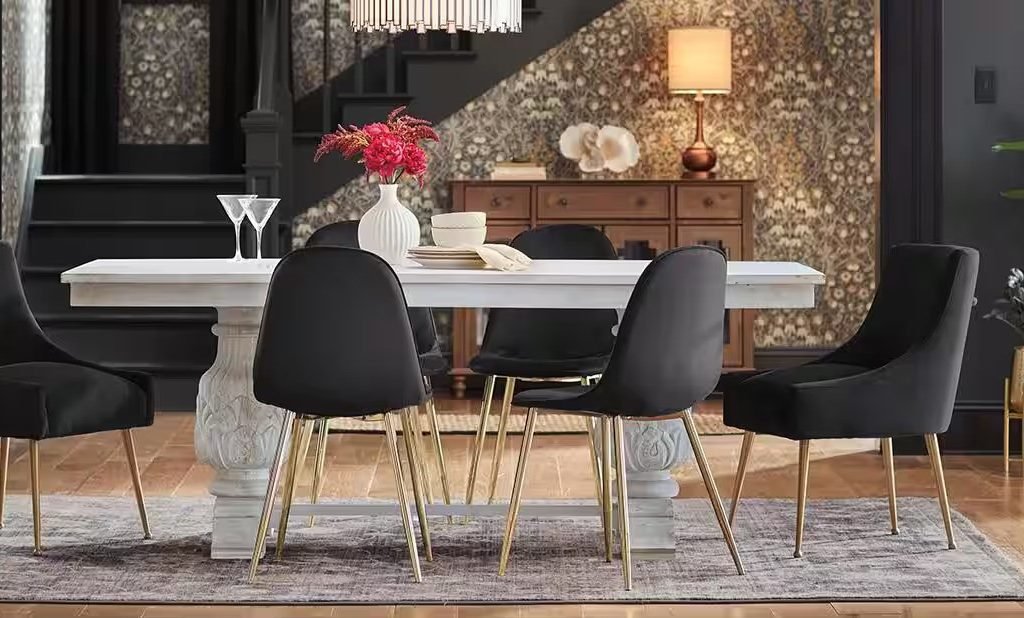Carrying out an outdoor rug on wood deck is an extraordinary method for sprucing up your external spaces and encourage them as warm and agreeable as those inside. Yet, many individuals have doubts about doing as such, and keep thinking about whether outside rug can mischief or ruin their deck. The short response is that deck rugs are really made to go on decks, and you have numerous incredible deck mat choices readily available. The key is to deal with them and follow a couple of simple tasks to keep things perfect and dry. We’ll update you on all that you want to be aware underneath.

Can Outdoor Rug Cause Damage To Decks?
If you appropriately deal with your outside carpet and deck, your rug won’t harm your open-air spaces. In any case, assuming left dismissed, open-air mats can stain your deck or prompt form or mold to develop inside both the floor covering and the deck, causing harm that may be exorbitant to fix. We know this sounds troubling, yet don’t worry! We have every one of the tips you want to keep both your carpet and deck in excellent condition.
Here are the tips and considerations for the perfect placement of an outdoor rug on wood deck:
- Moisture Deposition
Dampness maintenance is one of the central concerns with an outdoor carpet on a wood deck. A water-splashed outdoor rug might trap dampness under, bringing about a sodden climate that harms the wooden ground surface. Besides, long-haul dampness openness can make the deck’s primary uprightness and cause decay, shape, and buildup to develop.
- Wood Discoloration
A few outside rugs, especially those made of engineered textures, may contain colors or different synthetic compounds that might drain onto the outer layer of the wood. It can prompt blurring and staining of your deck after some time. Indeed, even carpets made of normal filaments can finish the wood assuming they are soggy and saved in that manner for longer.
- Scratched Floors
Persistent rubbing of the outside mat against the wood deck might bring about unpleasantness and scratches. This is particularly evident on the off chance that the carpet’s base layer is unpleasant or on the other hand if soil or other material winds up tucked under the rug. The general look of the deck might change, and their maintenance will take additional time.
- UV Damage
Wooden decks and outside rugs both experience the ill effects of the cruelty of daylight. A few outdoor carpets may not be UV-safe, and when presented to coordinate daylight, their varieties could blur. Like how drawn-out sun openness can cause blurring and the deficiency of the wood’s unique tone and sparkle. This issue can be decreased by picking UV-resistant outdoor rugs and regularly moving furnishings and rugs.
- Trapped Debris
Over the long haul, leaves, soil, and twigs can under the rug, particularly if the mat’s winding around isn’t tight. This might trap dampness against the wood, which could bring about disintegration and serious damage. This issue can be abstained from by regularly lifting and cleaning the mat and keeping the deck clear of messiness.
- Compression Due To Weight
Huge, heavy outdoor rugs, especially when utilized with enormous household items, may put pressure and strain on specific pieces of the wood deck. This might make the wood get squashed over the long haul and maybe even gain space.
Can you put an outdoor rug on wood deck? Yes, but it’s important to consider any potential risks to the structural integrity of the deck. Understanding the factors that could cause damage will help you make more informed choices and take necessary precautions to protect the deck and extend its lifespan. In the next section of this blog, we’ll provide detailed guidance on how to safely use an outdoor rug without compromising the safety of your deck.
How To Prevent Outdoor Rugs From Ruining Your Deck?
Keeping your outdoor deck in good shape while using rugs is important for both the look and longevity of the deck. Here are several tips to prevent outdoor rug from damaging your deck:
- Choose the right Rug
Opt for outdoor rugs that are specifically designed to be moisture-resistant and breathable. These rugs are made from synthetic materials like polypropylene, polyester, or nylon, which do not absorb moisture easily and promote quicker drying.
- Regular Cleaning
Both the rug and the deck should be cleaned regularly. Remove the rug periodically to sweep the deck and remove any debris and moisture that might be trapped under the rug. Clean the rug according to the manufacturer’s instructions to prevent mold and mildew buildup.
- Use a Protective Underlay
Consider placing a breathable, non-slip pad or underlay between the rug and the deck. This not only prevents slipping but also protects the deck from being scratched by the rug and helps with moisture management.
- Rotate the Rug
Periodically change the position of the rug to prevent discoloration and wear patterns in specific areas of the decking material due to sun exposure or regular use.
- Select Light Colors
Dark-colored rugs can absorb more heat, which might contribute to the degradation of the deck surface over time. Lighter colors reflect more sunlight and generate less heat.
- Protect from direct sunlight
If your deck receives a lot of direct sunlight, opt for UV-resistant outdoor rugs to prevent fading. Additionally, installing a shade structure or placing an umbrella over the area can help protect both the deck and rug from intense sunlight.
- Roll up during monsoon
In severe weather conditions like heavy rain, snow, or storms, it’s wise to roll up and store the outdoor rug in a dry location. This precaution minimizes prolonged exposure to moisture and other elements that may lead to damage.
Why Put An Outdoor Rug On Wood Deck?
We love adding outside rugs to our terraces, decks, and porches. Outdoor rugs look astounding outside, adding variety, surface, and encouraging the space as genial as your indoor regions. They add solace and delicate quality on the ground to your outside spots and assist with safeguarding your feet from splinters and other unpleasant surfaces. Outside carpets additionally safeguard your deck, and assist with keeping scratches and harm from weighty furnishings and awful climate. Check out here, why you can place an outdoor rug on wood deck:
- Comfort & Safety
Outdoor rugs are made from soft yet durable materials that make standing or walking on your deck more comfortable, especially compared to hard wood or composite decking. They also feel nice underfoot, which can be particularly enjoyable in barefoot-friendly zones.
They can reduce the risk of slipping by providing a non-slip surface, especially in areas that may get wet from rain or pool water. This is crucial for maintaining a safe outdoor environment for both children and adults.
- Protection
Rugs help protect the deck surface from scratches, dents, and other wear and tear caused by patio furniture and foot traffic. This is especially important for wood decks, which can be prone to damage over time.
- Style and Aesthetics
Outdoor rugs come in a variety of colors, patterns, and styles, allowing you to personalize your deck area and enhance its overall appearance. They can help define different areas like dining or lounging spaces, giving your deck a more cohesive and designer feel.
- Ease of Maintenance
Many outdoor rugs are designed to be low maintenance, easily cleaned with a hose or even a good shake. This makes them practical as well as stylish additions to outdoor spaces.
What Kind Of Rug Is Suitable For Wood Deck?
When selecting a rug for your deck, it’s important to balance style with functionality. The right rug not only boosts the visual appeal of your outdoor area but also holds up well against the weather and regular use. Consider these ideal rug types and materials for your deck:
Material
Opt for rugs made from materials that are durable and resistant to outdoor elements. Some of the best materials for outdoor rugs include:
- Polypropylene: This is highly popular for outdoor use because it’s stain-resistant, durable, and resists fading from sunlight.
- Synthetic Fibre Rugs: Rugs made from materials like polyester and nylon offer incredible flexibility and versatility. They are water-safe, speedy drying, and impervious to form and mold as well. Synthetic fiber rugs come in various patterns and colors, providing ample options to match your deck.
- Natural fibers: Materials like jute, sisal, and bamboo offer a rustic, natural look, but they may not withstand moisture as well as synthetic options, and are best used in covered areas.
- Weather Resistance
Since the rug will be outdoors, it should be able to withstand moisture, mold, and sunlight. Synthetic fibers like polypropylene and polyester are usually treated to resist weather elements, making them suitable for exposure to rain and sun.
- Flatweave Rugs
Flatweave rugs boast a tight and thin design, which reduces the likelihood of trapping moisture. Their quick-drying nature and ease of cleaning make them ideal for high-traffic areas on your deck.
- UV-Resistant Rugs
For decks exposed to ample sunlight, opt for UV-resistant rugs to prevent fading and preserve vibrant colors. These rugs are crucial for upholding both aesthetics and longevity in the face of prolonged sun exposure.
When you decide to place an outdoor rug on wood deck, think about the size that suits your space and the comfort level you prefer. A carefully chosen outdoor rug has the power to elevate your deck, turning it into a chic and welcoming area that offers both comfort and protection. It seamlessly extends your indoor living space into the outdoors.
FAQs
How do I maintain an outdoor rug on a wood deck?
Regularly clean the rug with a hose, scrub brush, and mild detergent as needed. Allow the rug to dry thoroughly to prevent mold and mildew growth. Additionally, consider rolling up the rug and storing it indoors during harsh weather conditions or when not in use to prolong its lifespan.
Do outdoor rugs ruin decks?
Improperly chosen outdoor rugs have the potential to harm decks, but with the right precautions and maintenance, this risk can be minimized. Selecting suitable materials and implementing regular upkeep are key measures to prevent any damage.
What type of rug is best for wood deck?
For decks, opt for durable and weather-resistant rugs such as polypropylene or synthetic fiber rugs. In sunny areas, UV-resistant options provide added protection against fading.


 Cart is empty
Cart is empty 